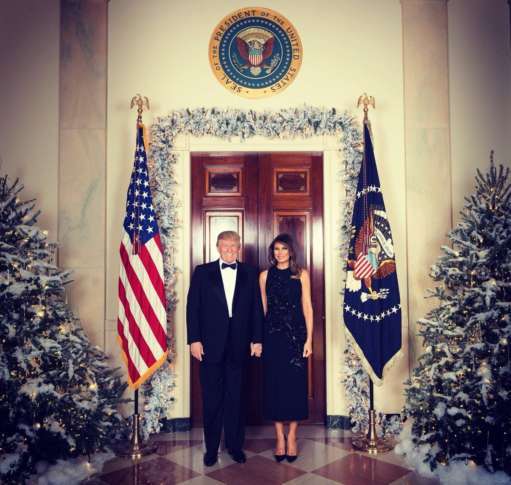| It's That Time of Year! |



As Americans, we aren't just celebrating the holiday season. Dec. 15th is the Bill of Rights birthday! In celebration of its 228th anniversary, the National Archives Institute has created this festive quiz that tests your knowledge of America's first ten Amendments. If you want to review the Amendments before you take the quiz take a look below. Then go on and TAKE THE QUIZ
Directions: Review the Bill of Rights in your textbook or in the document below. Take the Bill of Rights Quiz. Answer the questions below. Post your answers.


